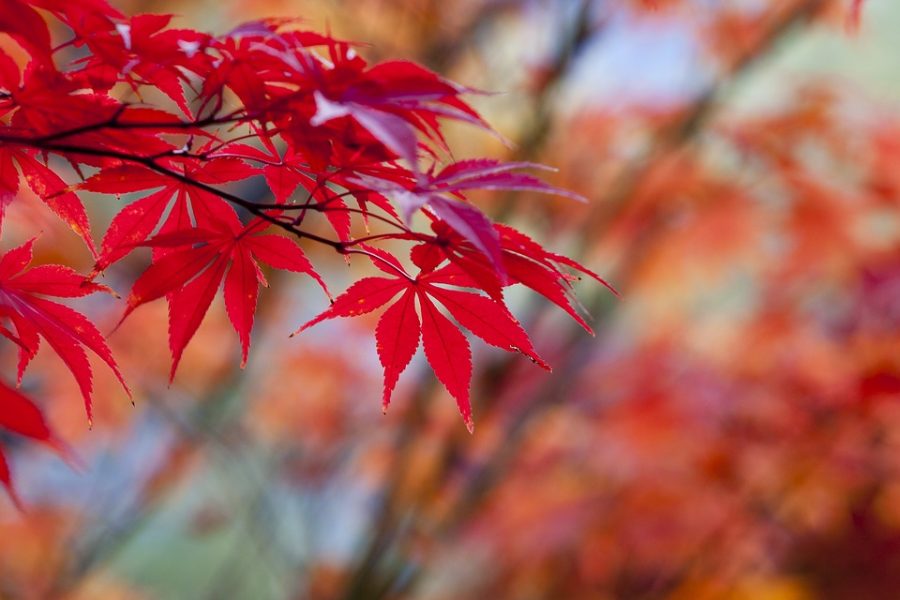The Science of Fall
As summer fades away, bright fall colors soon replace the green, and colorful leaves begin to litter the ground. Temperatures descend and days become shorter as time goes by. These changes characterize the season of autumn and the start of the school year, but what makes these changes occur?
In order to understand why days get shorter and why leaves start to fall, it is important to understand the cause of seasons. Seasons are a result of the earth’s tilted axis: as the earth rotates around the sun, its 23.5-degree tilt doesn’t change.
This means, for instance, that during the months of December, January, and February, the sun’s rays hit the northern hemisphere at a very indirect angle, causing the cold season of winter, but hit the southern hemisphere at very direct angles, causing summer. Areas around the equator experience constant temperatures all year long because the sun always strikes at the same angle.
The drop in temperature has a direct impact on the color of leaves. Throughout the warmer months of the year, leaves produce the pigment chlorophyll. Chlorophyll is responsible for the green color of leaves and allows leaves to convert sunlight into energy.
Cold weather or an early frost will cause the leaves to stop producing chlorophyll; lack of chlorophyll will then cause leaves to lose their green color. Leaves also contain carotenoids, which are responsible for the array of colors we see in the fall.
Although leaves contain carotenoids all year round, they are usually green because chlorophyll overpowers these other pigments. After chlorophyll fades away, the colors caused by carotenoids—reds, oranges, yellows—are finally visible, resulting in a spectacular display of fall leaves.
The only trees that will change during the fall season are deciduous trees. Deciduous trees, as opposed to coniferous (pine) trees, are characterized by their broad leaves that fall during the autumn and winter months and regrow in the spring.
Deciduous trees lose their leaves to more efficiently use water and energy during the tough winter months.. During the warmer months of the year, deciduous trees store some of their resources in leaves, but as the cold weather approaches a tree will transfer this energy into its roots for later use.
The leaves are then broken down. One of the first molecules to be broken down is chlorophyll, resulting in the change of color that occurs before leaves fall. Because the leaves are no longer necessary for the tree, they simply fall away.
All because of the Earth’s tilt, we are able to enjoy the great weather and scenery that comes with fall.


